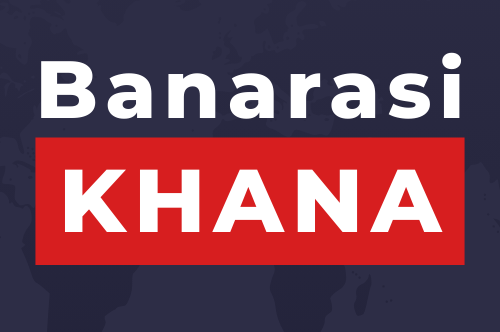From Chatbots to Content Creation: The Versatility of Natural Language Generation
In today’s digital age, technology has become an integral part of our daily lives. One such technological advancement that has gained significant traction is Natural Language Generation (NLG). NLG is a subfield of artificial intelligence that focuses on the creation of human-like text based on data input. This technology has proven to be incredibly versatile, finding applications in various industries such as customer service, marketing, and content creation.
One of the primary uses of NLG is in the development of chatbots. Chatbots are computer programs designed to simulate conversation with human users, typically over the internet. These chatbots are powered by NLG technology, allowing them to understand and respond to user queries in a natural and human-like manner. This has revolutionized customer service, as businesses are now able to provide automated, yet personalized, support to their customers 24/7.
In addition to chatbots, NLG has also been leveraged in the field of content creation. With the ability to analyze and interpret large sets of data, NLG can generate written content such as news articles, product descriptions, financial reports, and even creative fiction. This has been particularly useful for businesses looking to scale their content marketing efforts, as NLG can produce high-quality content at a fraction of the time and cost compared to traditional methods.
The versatility of NLG in content creation is further exemplified in its ability to tailor content based on specific parameters. For example, NLG can generate personalized marketing emails for individual customers, or produce multilingual versions of the same piece of content for different target audiences. This level of customization and scalability is unprecedented, and has reshaped the way businesses approach content creation and distribution.
Beyond customer service and content creation, NLG has also found applications in various other sectors. In finance, NLG is used to analyze and summarize financial data, providing valuable insights for decision-making. In healthcare, NLG is utilized to generate patient reports and medical documentation, streamlining the process for healthcare professionals. Furthermore, in education, NLG is being explored as a tool to create personalized learning materials for students.
As NLG continues to evolve, its potential for innovation and impact across industries is boundless. While the technology has made tremendous strides, there are still opportunities for further development and improvement. Advancements in deep learning and natural language processing are expected to enhance the capabilities of NLG, making it even more sophisticated and powerful.
In conclusion, the versatility of Natural Language Generation has transformed the way we interact with technology and consume information. From chatbots providing instant customer support to NLG-generated content engaging and informing audiences, the impact of NLG across various industries is undeniable. As the technology continues to advance, it will be fascinating to see how it shapes the future of communication and creativity.






